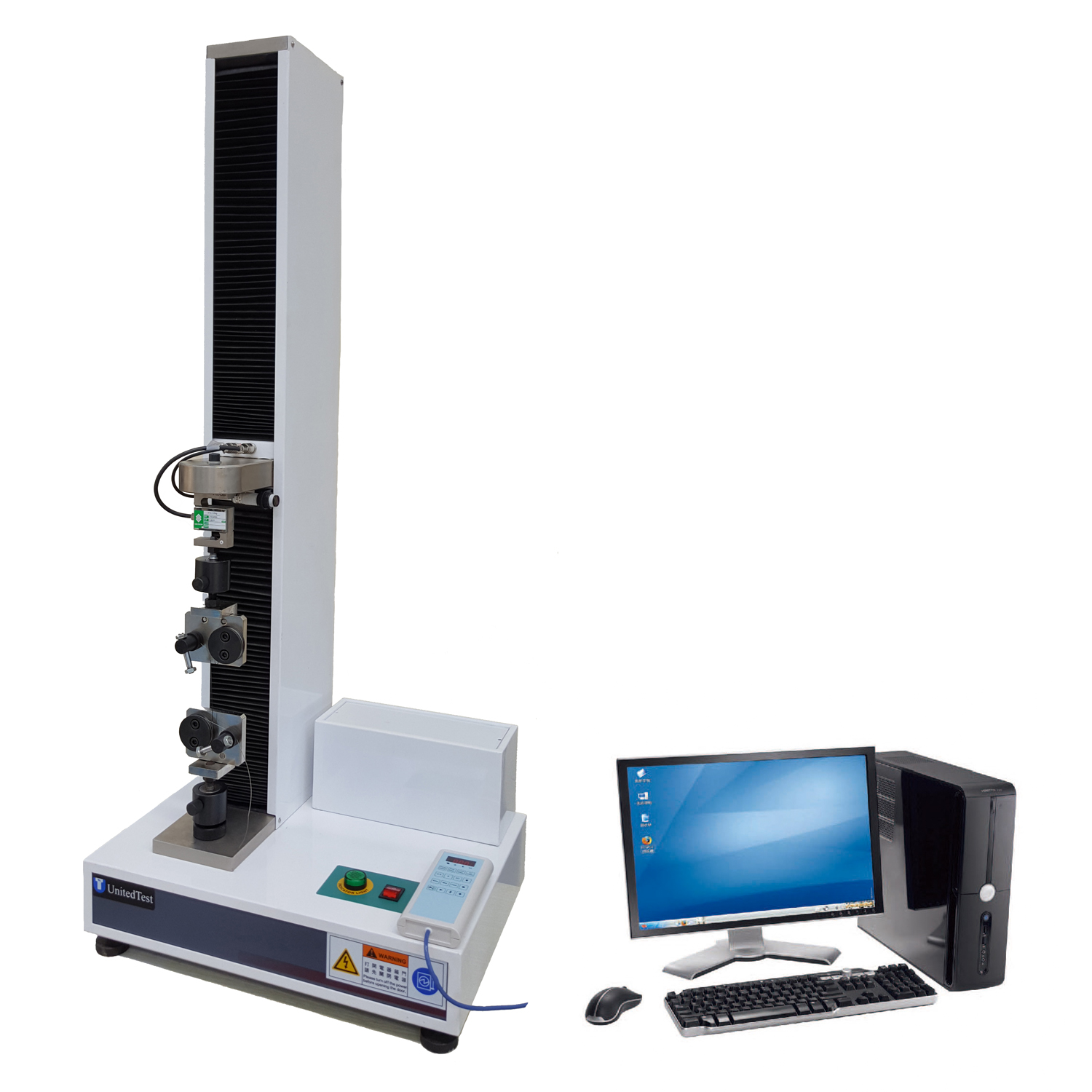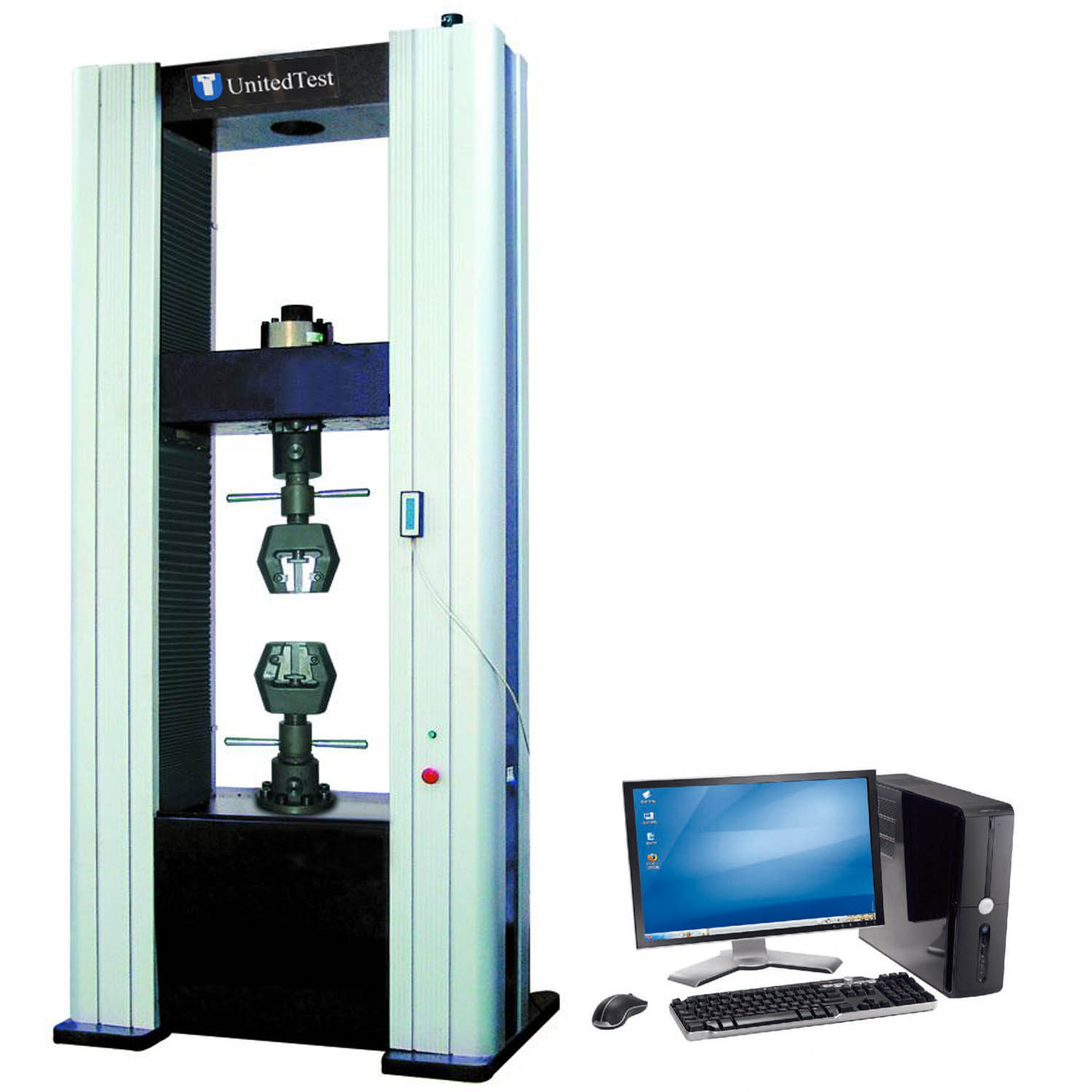ASTM D4533 Trapezoid Tearing Strength Test of Geotextiles
ASTM D4533 is an index test used to measure the force required to continue or propagate tearing in woven or non-woven geotextiles, using the trapezoidal method for testing. The trapezoidal tearing method is a test that generates tension along a reasonably defined path, allowing the tear to propagate across the width of the specimen. The trapezoidal tear strength of woven fabrics is mainly determined by the characteristics of the yarns clamped in the fixture.
Test principle
Draw an isosceles trapezoid contour on a rectangular specimen, make a cut along the centerline of the trapezoid's short side, and clamp both ends of the specimen in the fixture of the strength testing machine. Apply longitudinal tensile force at a constant rate of 50mm/min until the specimen is completely torn, and record the maximum force value during the test as the tear strength result.
Sample specifications
Original dimensions: 200mm (vertical) x 75mm (horizontal) [1]
Trapezoidal parameters: bottom 100mm, height 60mm, top 25mm [1]
Cut requirement: Make a 15mm long longitudinal cut at the centerline of the trapezoidal top and bottom [1]

In this test, a trapezoidal outline is marked centrally on a rectangular test specimen Fig. Note that an initial 15-mm cut is made to start the tearing process.
The specimen is gripped along the two non-parallel sides of the trapezoid in the jaws of a tensile testing machine. A continuously increasing force is applied in such a way that the tear propagates across the width of the specimen.
The load actually stresses the individual fibres gripped in the clamps rather than stressing the geosynthetic structure.
The value of tearing strength of the specimen is obtained from the force–extension curve and is taken as the maximum force thus recorded.
For more information or details, please contact us:
Email: export@unitedtest.com
whatsapp: +8613911165373












